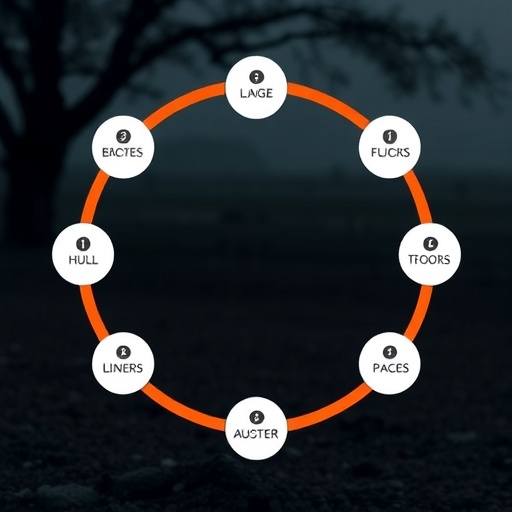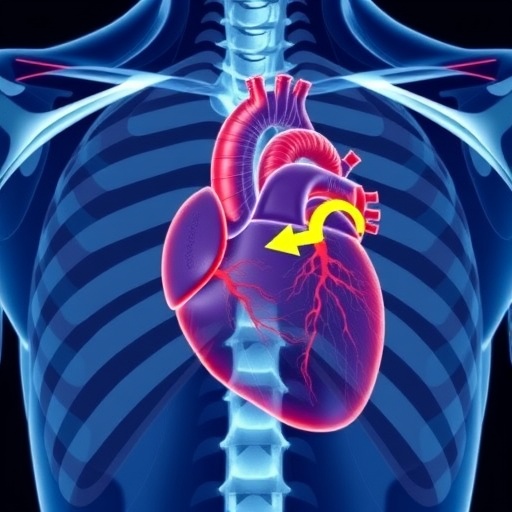
Researchers at the University of Virginia School of Medicine have taken a new approach to understanding why so many breast cancer patients in Appalachia aren't getting the care they need, and their findings are set to change how people view the obstacles to care that beset the region.
For example, the distance patients have to travel for cancer care is often viewed as a critical factor. But UVA's findings underscore the crucial importance of access to primary-care providers – the frontline doctors who could catch cancer earlier.
Old Questions, New Answers
The researchers at the UVA Cancer Center have applied new demographic techniques to evaluate why so many women in Appalachia are diagnosed with late-stage cancer – rather than having it caught early, when it is more easily treatable – and why so many do not receive the adjuvant hormone therapy that could save their lives. Often this is blamed on travel times and distances, but UVA's new research suggests this fails to tell the whole story. The researchers were more accurately able to predict late-stage diagnosis, for example, with the new approach than using traditional metrics such as travel times or provider-to-population ratios.
"We found almost a fifth of the women – 21 percent of the women diagnosed with breast cancer – had a late-stage diagnosis of breast cancer. The predictors of this late-stage diagnosis included things like insurance, but the biggest predictor was the measure of geospatial access that we had created," said researcher Rajesh Balkrishnan, PhD, of the UVA Department of Public Health Sciences. "Access played a really important factor in determining late-stage diagnosis, as well as whether women received adjuvant hormone therapy."
The approach Balkrishnan and his colleagues used – known as the two-step floating catchment area – has been widely used by demographers, but the UVA researchers believe this is the first time it has been applied to healthcare.
Breast Cancer in Appalachia
The researchers reviewed cancer registries in four Appalachian states – Kentucky, North Carolina, Ohio and Pennsylvania – to identify more than 15,000 women diagnosed with breast cancer between 2006 and 2008. They then evaluated three measures of care access: the ratio of care providers to the population, the distances patients must travel to see a provider, and the new demographic method, known as the 2SFCA method.
"Traditionally when looking at disparities, people have looked at distances – distances to hospitals, distances to physicians, the travel time between the patients and providers," Balkrishnan explained. "One of the problems is that this doesn't account for the supply-and-demand factors, which are particularly important in areas of geographic disparity, such as Appalachia."
Instead, he found that the 2SFCA method, which factors in a host of variables, was the best predictor of the methods assessed. His conclusion: "The traditional methods, like distance to physicians, may not give you an accurate indicator of how much of a barrier patients actually face."
Findings Published
The findings have been published in the journal Medical Care in an article written by Joseph Donohoe, Vince Marshall, Xi Tan, Fabian T. Camacho, Roger Anderson and Balkrishnan.
###





